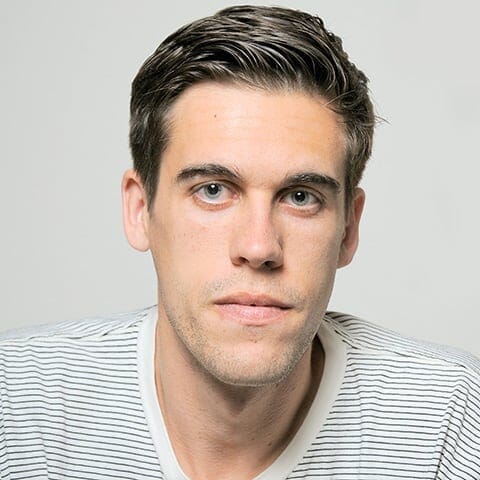 author
authorR. Gordon Wasson
Robert Gordon Wasson (September 22, 1898 – December 23, 1986) was an American author, ethnomycologist, and Vice President for Public Relations at J.P. Morgan & Co. In the course of work funded by the Central Intelligence Agency (CIA), Wasson made contributions to the fields of ethnobotany, botany, and anthropology. Wasson began his banking career at Guaranty Trust Company in 1928 and moved to J.P. Morgan & Co. in 1934.
That same year, he published a book[6] on the Hall Carbine Affair, in which he attempted to exonerate John Pierpont Morgan from guilt with respect to the incident, which had been viewed as an example of wartime profiteering. As early as 1937, Wasson had been attempting to influence historians Allan Nevins and Charles McLean Andrews regarding Morgan's role in the affair; he used Nevins' report as a reference for his own book on the topic. The matter of Morgan's responsibility for the Hall Carbine Incident remains controversial.
On July 16, 1941, the directors of Morgan & Co. appointed Wasson to the position of assistant secretary, and by 1943 he was vice president for public relations. Wasson's studies in ethnomycology began during his 1927 honeymoon trip to the Catskill Mountains when his wife, Valentina Pavlovna Guercken, a pediatrician, chanced upon some edible wild mushrooms. Fascinated by the marked difference in cultural attitudes towards fungi in Russia compared to the United States, the couple began field research that led to the publication of Mushrooms, Russia, and History in 1957.
In the course of their investigations, they mounted expeditions to Mexico to study the religious use of mushrooms by the native population and claimed to have been the first Westerners to participate in a Mazatec mushroom ritual. It was the curandera María Sabina who both allowed the Wassons to participate in the ritual and who taught them about the uses and effects of the mushroom after Wasson lied to her about being worried about the whereabouts and wellbeing of his son, as the ritual was traditionally used to locate missing people and important items.
Sabina let him take her picture on the condition that he keeps it private, but Wasson nonetheless published the photo along with Sabina's name and the name of the community where she lived. Though he faced no consequences for his deceptions and, indeed, profited greatly from the knowledge he gained from her, Sabina was subsequently ostracised from her community as a result of his actions, and her house was burned down after she was briefly jailed, eventually dying in poverty.
At the 1951 annual meeting of the American Council of Learned Societies, held in Rye, New York, on January 24-26, Wasson was appointed as a member of the Executive Committee for a period of one year. Some of Wasson's colleagues, such as Ethel Dunn, disagreed with Wasson's conclusions regarding Amanita muscaria.
Wasson's 1956 expedition was funded[8] by the CIA's MK-Ultra subproject 58, as was revealed by documents obtained by John Marks[16] under the Freedom of Information Act. The documents state that Wasson was an 'unwitting' participant in the project. The funding was provided under the cover name of the Geschickter Fund for Medical Research (credited by Wasson at the end of his subsequent Life piece about the expedition).
Best author’s book




















